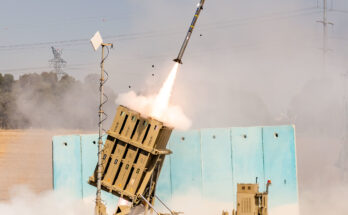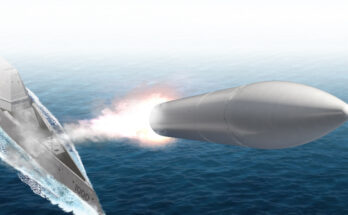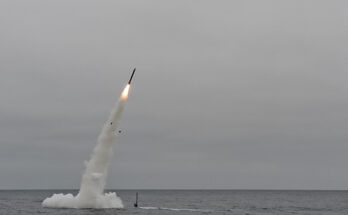One day after U.S. Tomahawk cruise missiles struck a Syrian airbase, the Deputy Commander of the Russian Aerospace Forces stated that the share of modernized weaponry in the possession of Russia’s air-defense troops will rise to nearly 70 percent by the start of 2018.
Lt. Gen. Viktor Gumenny stated, “We are sure that in case of 100-percent completion of defense order, the share of modern weaponry and military equipment in the air defense and radio-technical troops will be close to 70 percent by January 1, 2018, this means we are advancing ahead of the schedule.”
At present, the share of modernized weapons in the possession of the air-defense troops is around 55 percent. A number of new air-defense systems are currently under development, with new Arctic surface-to-air missile systems likely to make an appearance next month.
Lt. Gen. Gumenny emphasized the S-400’s ability to hit near-space targets, referring to ballistic missiles. According to him, the S-400 has received new missiles recently.
He said, “Recently we have been receiving new missiles, which let us work in near space, long distances and high speeds.”
Furthermore, in the coming years, Russia hopes to proceed with development of the S-500. It is unclear when the system will be operational — despite comments by Deputy Defense Minister Yuri Borisov who stated that next year the S-500 will be supplied to the Russian Aerospace Forces — but it is likely that serial production will not happen until after 2020.
Russian media describes the S-500 as a “multi-stage air defense system, that will reliably protect the country from massive missile strikes.” An order for the S-500 is expected to be included in the new state armaments program for 2018-2025, currently being formulated.
Iran, for its part, is seeking to boost its own air-defense as well. The Commander of Iran’s Air-Defense, Brig. Gen. Farzad Esmaili, emphasized on April 10 that the country’s air-defenses will see an improvement in the coming year.
Tasnim News Agency said in a report, “[Esmaili] also said there will be ‘good news’ about advances in the Air Defense field and increased operational capabilities this year.” The report did not further specify, though Iran is seeking to put into operation its Bavar 373 air-defense system, based on the Russian S-300.
Deliveries of the S-300 from Russia, long delayed, finally moved forward last year. Even so, Iran continues to work on its own air-defense hardware.
These programs have been ongoing for some time. The spate of attention on anti-air capabilities, however, follows a cruise missile strike on Syrian airbase Shayrat, in Homs, early on April 9. Following an alleged chemical weapons strike on Khan Sheikhoun, the United States launched 59 Tomahawk cruise missiles at Shayrat, destroying a number of aircraft and damaging infrastructure.
In the aftermath of the attack, Russia has indicated a willingness to boost the Syrian military’s defenses. Neither the Syrian nor Russian militaries fired on the cruise missiles. While it is likely the Syrian military lacked the ability to, it is unclear if Russia’s systems could not engage the cruise missiles or chose not to. Moscow had been informed of the strikes prior.
Russia currently has the S-300V4, S-400, and Pantsir-S1 deployed to Syria.
Military markets analyst, covering Eurasia, Middle East, and Africa.




